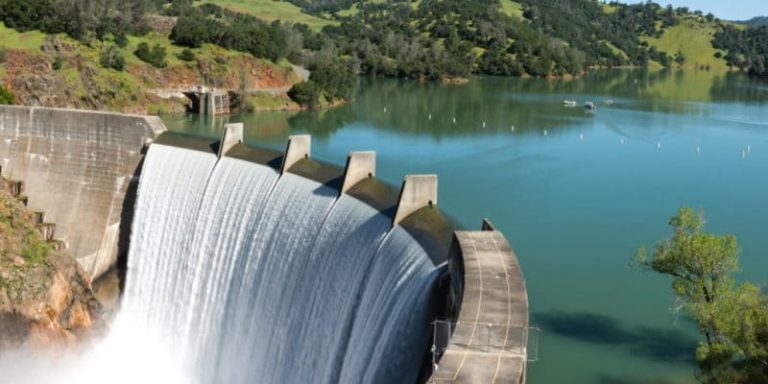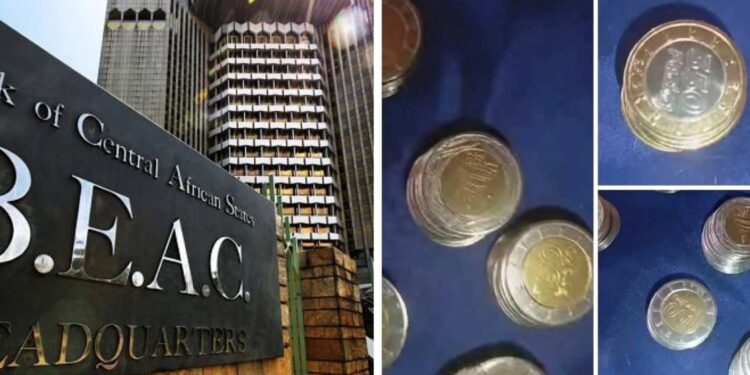AfrikanTrust
Burundi, one of Africa’s least electrified nations, is on the cusp of a major energy breakthrough with the near-completion of its twin hydroelectric projects—Jiji and Murembwe—set to supply 49.5 megawatts (MW) to the national grid. While the announcement has been hailed as a milestone in Burundi’s long road to energy self-sufficiency, the deeper question is whether this infrastructural achievement can catalyze broader industrial development and political stability, especially in comparison to its fast-rising neighbor, Rwanda.
Hydropower: A Strategic Lifeline
Hydroelectricity holds strategic significance for landlocked and resource-constrained countries like Burundi. With limited access to fossil fuel resources, and a predominantly agrarian economy, hydropower offers a rare, renewable opportunity to drive industrial growth and expand access to electricity across both urban and rural regions.
The Jiji and Murembwe hydroelectric power stations, nearly completed and located in Bururi and Rumonge provinces, are set to go online by the end of May 2025. According to Jean Albert Manigomba, Director General of REGIDESO (Burundi’s national electricity company), Jiji alone will generate 32.5 MW from a 434-meter drop, while Murembwe will contribute 17 MW using a 256-meter elevation.
Funded through a $270 million investment from a consortium of international financiers including the World Bank, African Development Bank, EU, and the Government of Burundi, the project also leverages international engineering expertise—from Italy’s CMC and Egypt’s ORASCOM to India’s KEC and France’s VINCI.
The two dams are connected via 110kV high-voltage transmission lines, enabling energy delivery to key demand centers like Bujumbura, the capital, and Bururi.
Electricity Supply vs Demand: Is It Enough?
While the 49.5 MW boost is substantial for a country that has long suffered chronic energy deficits, it’s crucial to put this progress in context. Burundi’s current electrification rate stands at approximately 11% nationally, with rural electrification below 5%. Even with recent additions like Ruzibazi (15 MW), Kabu 16 (20 MW), and the regional Rusumo Falls (27.5 MW), power outages in urban centers like Bujumbura remain common due to aging infrastructure and regional interconnection issues.
The Jiji-Murembwe plants, while game-changing in their own right, are not yet a panacea. Much of Burundi’s power grid is outdated, vulnerable to disruption, and incapable of absorbing a surge in industrial demand without substantial rehabilitation.
Industrial Ambitions: Can Power Spark Growth?
Reliable electricity is the lifeblood of industrial policy. Burundi, historically plagued by political volatility and economic stagnation, has been unable to develop a strong manufacturing base. The country’s GDP per capita is among the lowest globally, and exports remain narrow, heavily reliant on raw agricultural goods like coffee and tea.
Hydropower could provide the stable energy foundation required to incentivize light manufacturing, agro-processing, and small-scale industries that create jobs. But Burundi must also tackle corruption, regulatory hurdles, and a weak banking sector if it aims to turn kilowatts into factories and sustainable economic output.
Furthermore, building technical capacity—from engineers to grid maintenance crews—is key to avoiding dependence on foreign contractors for decades to come.
How Does Burundi Compare with Rwanda?
To understand Burundi’s challenge, one must look across the border to Rwanda, which has become a continental model of post-conflict recovery, governance reform, and energy-driven development.
Rwanda’s energy strategy has focused not only on hydropower but also solar mini-grids, methane gas extraction, and off-grid rural electrification schemes, raising its electrification rate to over 70%. Unlike Burundi, Rwanda has aggressively pursued digital transformation, value-added manufacturing, and export diversification.
Politically, Rwanda enjoys relative stability, centralized governance, and strong international partnerships—advantages Burundi has struggled to replicate amid intermittent internal unrest and controversial elections.
Political Stability: The Elephant in the Room
Energy infrastructure requires not just finance and technical know-how but also governance stability. Burundi’s political history has been marred by military coups, civil conflict, and contested leadership transitions, which deter foreign direct investment and delay major infrastructure roll-outs.
Although the current regime under President Évariste Ndayishimiye has prioritized infrastructure and regional cooperation, the pace of reform remains slow, and international observers continue to raise concerns over media freedoms, civil liberties, and institutional transparency.
Without stronger political foundations, even the most advanced hydropower plants risk becoming underutilized monuments to misgovernance.
A Turning Point or a Mirage?
The Jiji and Murembwe hydropower projects signal an encouraging shift in Burundi’s energy narrative. They reflect regional ambition, global cooperation, and a long-overdue commitment to breaking energy poverty. Yet, the broader promise of national development hinges on more than electricity—it demands political will, industrial policy alignment, and institutional reform.
Burundi now stands at a fork in the road: It can either capitalize on its hydropower momentum to transform its economy, or it can let these developments be swallowed by poor governance and weak policy follow-through.
The turbines may soon spin—but will the gears of progress move with them?




